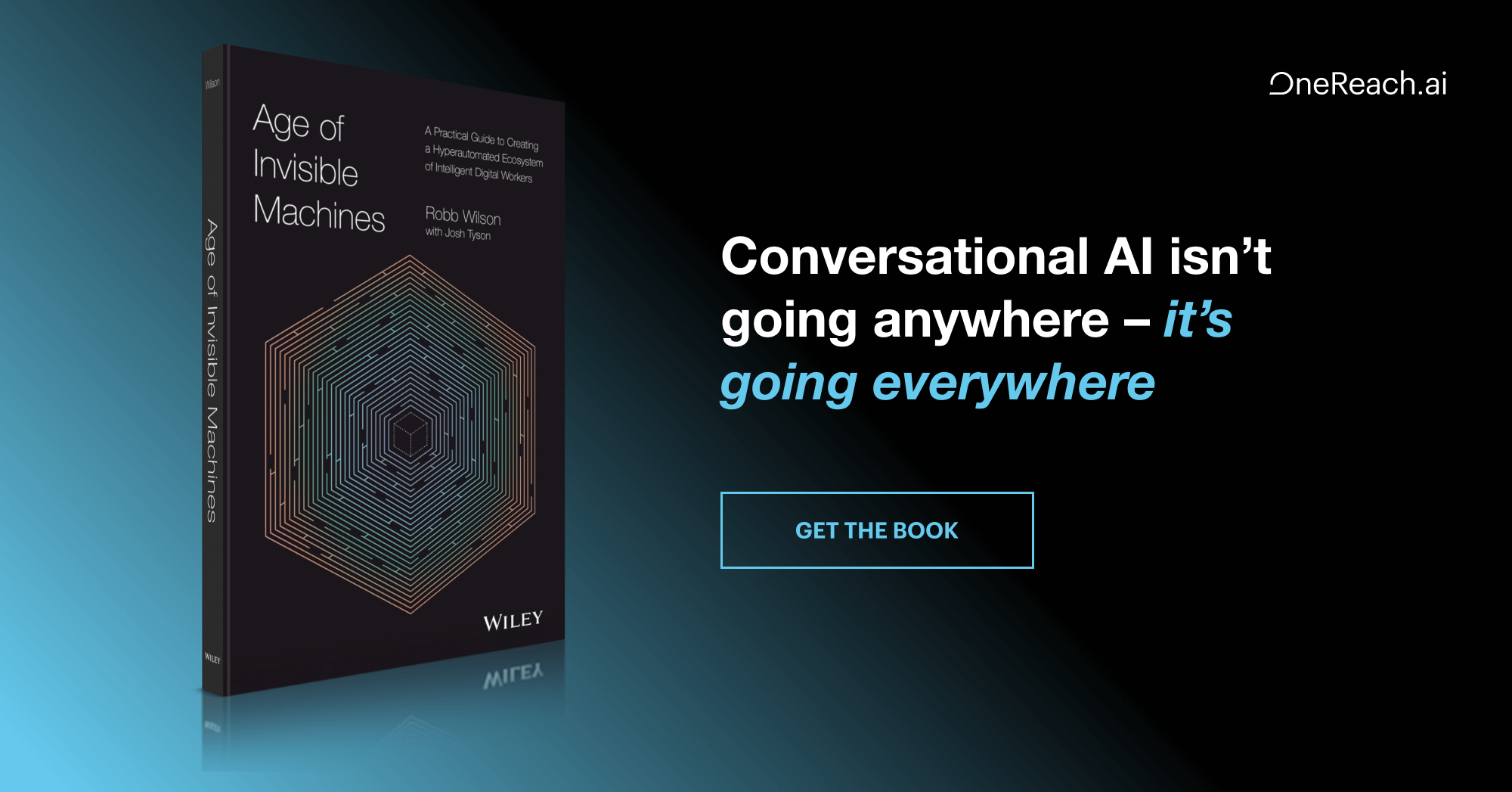Micro UIs have come to dominate the experience people are having with technology in China, where WeChat users send friends private messages, interact with brand accounts, pay for things online and offline, call for rides, book airfare, and get hotel rooms, all within a single messaging-style app. According to Statista, at the end of 2023, WeChat had over 1.3 billion monthly active users. To put that in context, last year the Amazon app had over 197 million active monthly users, and TikTok had 1.2 billion.
Micro UIs are here and need to be a part of your design and deployment strategy where AI agents are concerned. In this episode, Cole Gentile, a Solutions Designer at OneReach.ai, demonstrates micro UIs in action. Cole designed most of the demos that are available in the myAI experience at OneReach.ai. Many of these experiences feature micro UIs and he’ll show us how they can generate contracts and take payments in a healthcare setting. He also takes us through a newer, more dynamic retail journey that includes a vast array of micro UIs orchestrated as part of a seamless multi-agent experience.
Tune in to this episode to see these micro UIs in action and explore how they can enhance your user experiences.








